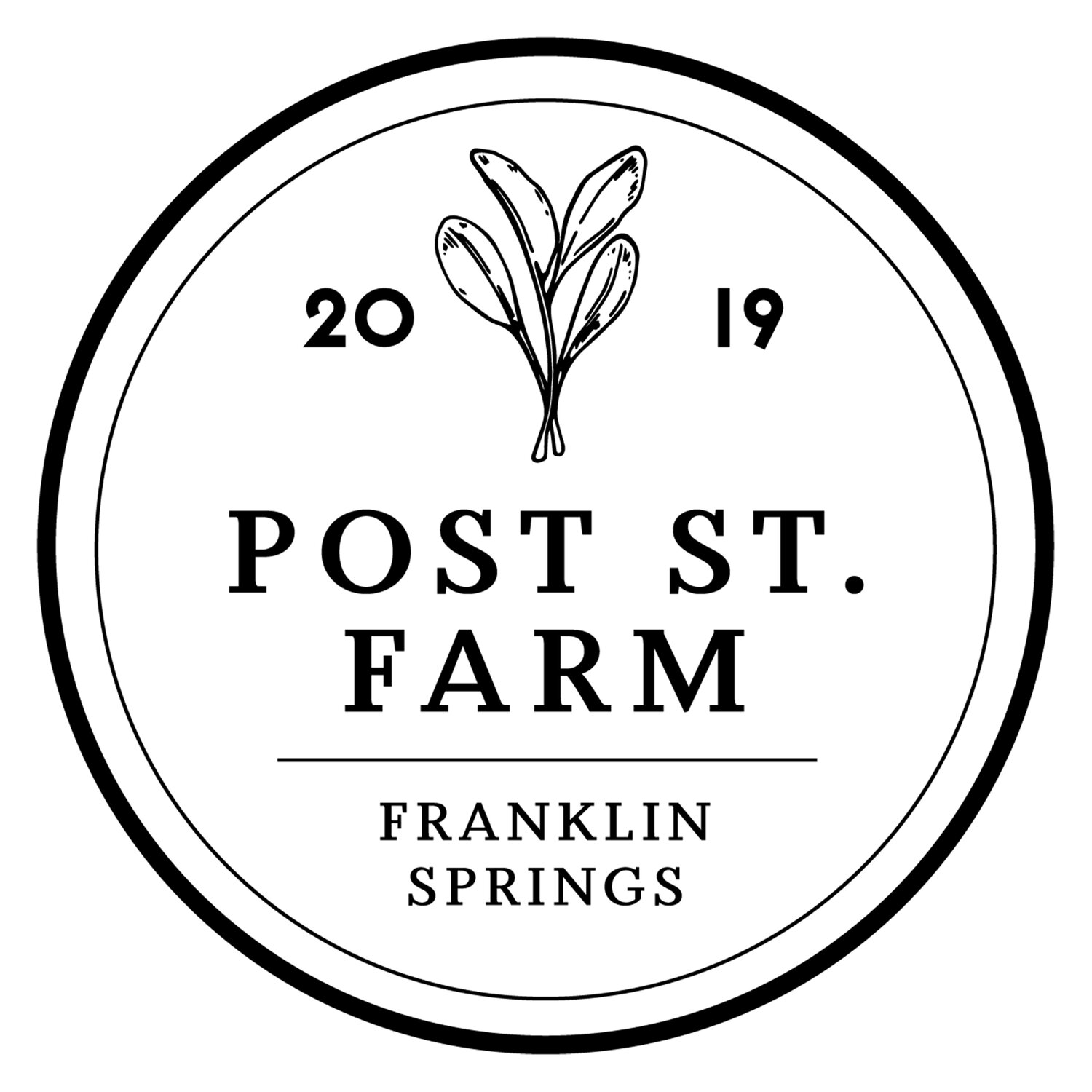Nature Has Left the Building
There's a scene in “The Office" where Dwight Schrute leaves the Dunder Mifflin paper company for a brief stint due to some coworker drama. He gets a job working the floor at Staples, the company's corporate competitor, forcing him to wear a red polo instead of his preferred mustard yellow short-sleeve button-down.
While away, Michael, Dwight's boss, notices little things going awry. The potted plants around the office are dying. The toys on Michael's desk aren't organized correctly in the morning when he comes in. The vibe is off. These were all things that Dwight took care of quietly on his own. It isn't until now, in his star employee's absence, that Michael realizes Dwight did a lot more than he thought.
As growers, we are pretty new to the craft of greenhouse farming. Having a few years of indoor growing in tunnels under our belt, and now, a full year with our new greenhouse, it's clear that this is a whole new world.
Sure we've read books and watched videos on the subject of indoor growing. But, really. You're growing vegetables in 30-inch beds outside and moving those same 30-inch beds underneath a sheet of 6 mil clear plastic roof. How different can it be? Turns out: a lot. The experts warned us.
Why?
One word: nature. Soil + seed + sun + water = food. When you move indoors, you're removing an element of the equation. Or, at the very least, you're messing with it. And that throws things off. There's a glitch in the matrix.
Nature does a lot of things quietly, often without us humans taking notice. It's the Dwight Schrute of our office, shuffling around after hours with a watering can, putting things back in order. When you bring farming indoors, you get further away from nature’s world.
Already we've noticed problems that come up because of this. A buildup of soluble salt levels at the soil surface where our tomatoes grow under dripline irrigation, for one. There's no rain getting in to leach these out organically.
Disease takes off quicker in the high heat, high humid greenhouse environment with plants tucked away from the natural cure: airflow from an afternoon breeze. Pests proliferate, protected alongside their plant victims, away from the natural predators that keep them at bay.
There are herbicides, insecticides and fungicides to solve these problems, sure, but doesn't that take nature even further out of the equation? And what problems does yet another inorganic solution to the organic problem of growing plants bring up?
But indoor growing is a necessary thing in our climate. It extends our season, protects crops against harsh weather and boosts our yields.
So, what do we do?
Well, we're figuring that out in real time. It has occurred to me, thinking back on all the problems we have already addressed so early in our greenhouse adventures, that it's pretty simple. Pretty obvious, actually. If you're going to take a portion of nature out of your production, you have to account for it. You have to take on nature's responsibilities in its absence.
In our own systems, we've flushed the soil with sprinklers to mimic rain water. We've installed fans and vents to mimic the breeze and cut humidity. We've brought in beneficial insects and are planting herbs and flowers that attract more to fight the pests.
It's a constant learning curve, figuring out not only what tasks nature took care of for us on the outside, but just how she took care of them. Find a problem, figure out a solution, try to anticipate the next.
And so on.
It's amazing how much introducing a thin sheet of polyethylene changes things. But it's humbling at the same time. Nature has figured it all out long ago. We're still learning everything we don't know.
—John



